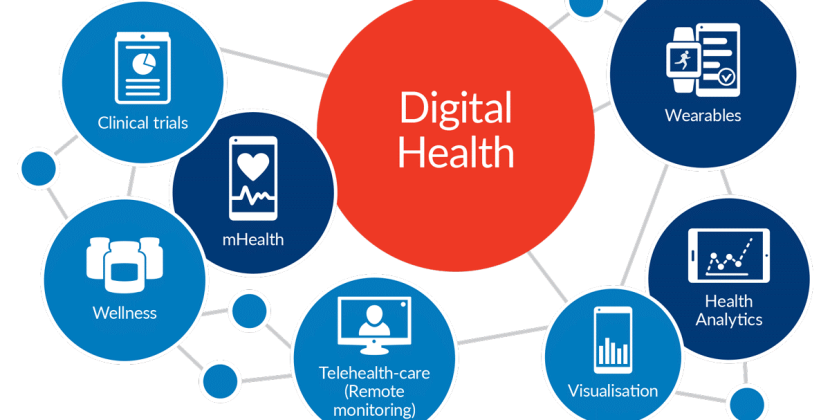
Food security is a critical global issue affecting millions of people around the world. Ensuring that all individuals have reliable access to sufficient, safe, and nutritious food is essential for sustaining health, promoting economic development, and maintaining social stability. However, achieving global food security is increasingly complex due to a range of interrelated challenges. This article explores the current challenges in global food security, providing an analysis and comparative overview of the key factors influencing food availability, accessibility, and utilization.
1. Introduction

Global food security encompasses several dimensions, including food availability, food access, food utilization, and food stability. While the world has made significant progress in increasing food production and reducing hunger in some regions, several challenges persist. These challenges include climate change, population growth, economic instability, and geopolitical factors. Addressing these issues requires a multifaceted approach involving international cooperation, technological innovation, and sustainable practices.
2. Climate Change
Climate change is one of the most pressing challenges to global food security. Rising temperatures, shifting precipitation patterns, and increasing frequency of extreme weather events affect crop yields and food production.
Impact on Agriculture:
- Crop Yields: Higher temperatures can reduce crop yields by stressing plants and accelerating crop maturation. Changes in precipitation can lead to droughts or floods, impacting crop growth.
- Soil Health: Extreme weather conditions can degrade soil quality, reducing its ability to support healthy crops.
- Pests and Diseases: Warmer climates can expand the range of pests and diseases, further threatening agricultural productivity.
3. Population Growth
The global population continues to grow, creating increased demand for food. According to the United Nations, the world population is projected to reach 9.7 billion by 2050. This growth places additional pressure on food production systems.
Challenges Associated with Population Growth:
- Increased Demand: More people require more food, leading to higher demand for agricultural resources.
- Urbanization: As more people move to urban areas, the conversion of agricultural land for development can reduce the land available for food production.
- Resource Depletion: Higher population densities can accelerate the depletion of natural resources, such as water and arable land.
4. Economic Instability
Economic instability can significantly impact food security by affecting both food prices and availability. Fluctuations in the global economy, trade policies, and market access can influence food systems.
Economic Factors Affecting Food Security:
- Food Prices: Volatility in food prices can make it difficult for low-income populations to afford nutritious food.
- Trade Policies: Trade barriers and tariffs can restrict food imports, affecting the availability of diverse foods.
- Economic Recession: Economic downturns can reduce government spending on food assistance programs and increase food insecurity.
5. Geopolitical Factors
Geopolitical conflicts and instability can disrupt food production and distribution, leading to food shortages and increased prices.
Impact of Geopolitical Conflicts:
- Displacement: Conflicts can displace populations, disrupting agricultural activities and food distribution networks.
- Supply Chain Disruptions: Wars and conflicts can damage infrastructure, hindering the movement of food products from producers to consumers.
- Sanctions and Trade Restrictions: Political tensions can lead to sanctions and trade restrictions, affecting the availability of food and agricultural inputs.
6. Technological and Infrastructure Challenges
While technology and infrastructure improvements can enhance food security, gaps in these areas can also pose significant challenges.
Technological Barriers:
- Access to Technology: Farmers in developing regions may lack access to modern agricultural technologies, impacting productivity.
- Innovation: Limited research and development in agricultural technologies can slow progress in improving crop yields and resilience.
Infrastructure Challenges:
- Storage and Transportation: Poor infrastructure can lead to food spoilage and waste, reducing the efficiency of food supply chains.
- Market Access: Inadequate infrastructure can hinder farmers’ ability to access markets and receive fair prices for their products.
7. Social and Political Factors
Social and political factors also play a crucial role in determining food security. Inequities in wealth distribution, governance issues, and social policies can impact access to food.
Social and Political Influences:
- Inequality: Economic and social inequalities can limit access to food for marginalized populations.
- Governance: Effective governance and policy frameworks are essential for managing food security and addressing hunger and malnutrition.
- Food Systems: The integration of food systems with social policies can enhance food security by promoting equitable access and sustainable practices.
8. Comparative Analysis Table
The following table compares the impact of different factors on global food security:
| Factor | Impact on Food Security | Examples |
|---|---|---|
| Climate Change | Reduces crop yields, degrades soil, increases pests and diseases | Droughts in Africa, heatwaves in Europe |
| Population Growth | Increases demand for food, strains resources, leads to urbanization | Rapid growth in urban areas in Asia |
| Economic Instability | Affects food prices, trade policies, and economic access | Food price volatility in Venezuela |
| Geopolitical Factors | Disrupts production and distribution, leads to displacement | Syrian civil war impacts on food supply |
| Technological Challenges | Limits productivity improvements, restricts market access | Lack of modern irrigation in rural Africa |
| Infrastructure Issues | Leads to spoilage and inefficiencies in food supply chains | Poor road networks in rural regions |
| Social and Political Factors | Affects access to food, exacerbates inequality | Food distribution inequities in India |
9. Analysis of Solutions
Addressing global food security challenges requires a combination of strategies.
Potential Solutions:
- Sustainable Agriculture: Implementing sustainable farming practices can improve resilience to climate change and enhance food production.
- Technological Innovation: Investing in agricultural technology can increase yields and reduce the environmental impact of farming.
- Economic Policies: Developing policies to stabilize food prices and improve access for low-income populations can mitigate economic impacts.
- International Cooperation: Collaborative efforts between nations and organizations can address geopolitical issues and promote global food security.
- Infrastructure Development: Improving infrastructure for food storage and transportation can reduce waste and enhance food distribution.
10. Conclusion
Global food security is a multifaceted issue influenced by a range of environmental, economic, and social factors. While significant challenges exist, there are opportunities to address these issues through innovative solutions and cooperative efforts. By understanding and tackling the complex factors affecting food security, it is possible to make progress toward ensuring that all individuals have access to the food they need for a healthy and productive life.
Efforts must be sustained and comprehensive, involving stakeholders at all levels, from local communities to international organizations. Through a concerted and informed approach, global food security can be improved, paving the way for a more equitable and sustainable future










